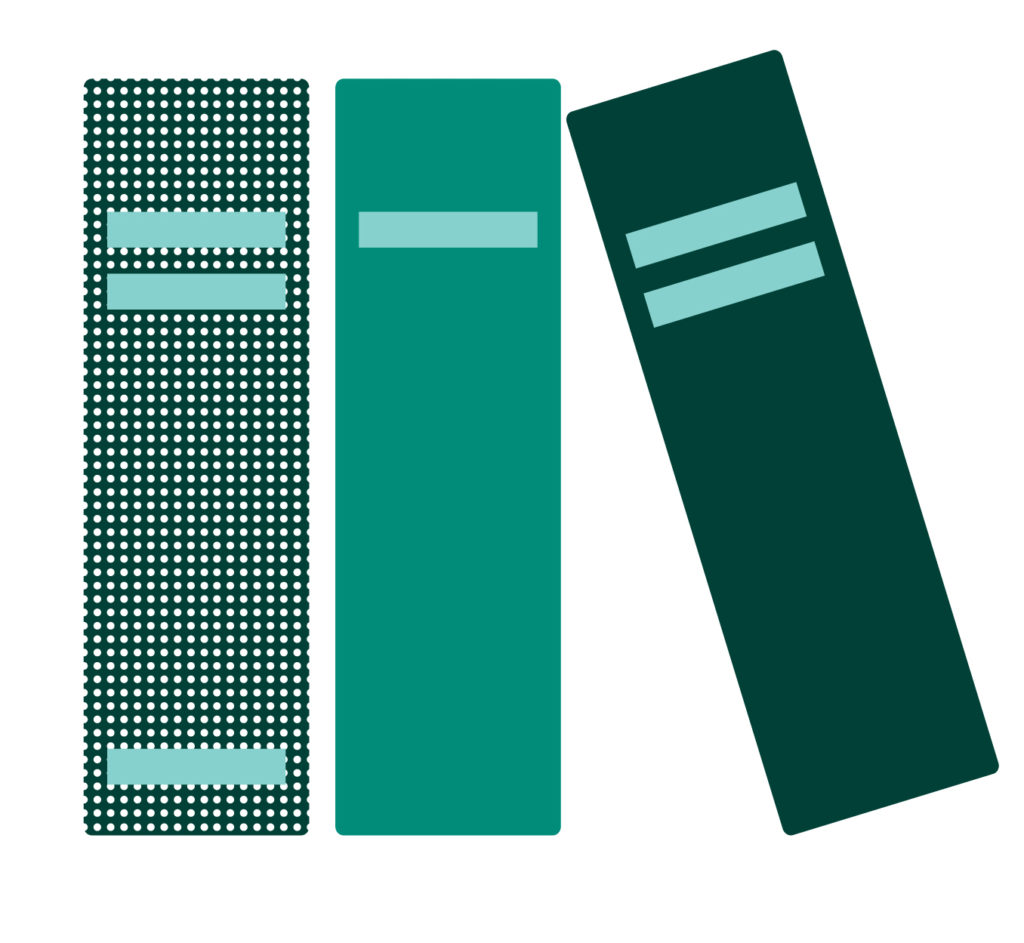Leases can be a cost effective way for schools to secure the equipment they need to provide a first-class education for their students. A lease can also free up much needed capital for use in other areas of the school and save you from having to use valuable funds to buy equipment outright.
The complexity of some lease agreements can lead to problems, however. Whilst there are some excellent agreements available from suppliers, there are numerous examples of schools entering into costly agreements without fully understanding what they were signing up to, causing significant cost to the school. There have been cases relating to photocopier and ICT lease contracts highlighted in the national press in recent years.
There are two types of lease: a finance lease and an operating lease. All state schools are prohibited from entering into borrowing of any form without prior approval from the Secretary of State, and finance leases are classed as borrowing. We have seen a number of academy trusts caught out by the complex rules determining the type of lease for a particular agreement. One might assume it would be easy to determine the type of lease, but there are a number of factors to consider, such as whether or not:
- the lease transfers ownership of the asset to the lessee by the end of the lease term;
- the present value of the minimum lease payment amounts to at least substantially all of the fair value of the leased asset (this one in particular can easily catch you out);
- the risk and rewards of ownership are substantially transferred to the lessee.
Trusts should therefore seek advice from their professional financial adviser and/or external auditor if there is any doubt over whether or not a lease involves an element of borrowing.
All schools also need to consider whether or not the lease, whichever type, represents value for money, and must ensure that agreements are lawful and comply with government procurement requirements.
The DFE document highlights some of the advantages and disadvantages of entering into a lease agreement, as follows:
Pros
- The school doesn't have to pay the full cost of the asset upfront, so you don't need to use up other much-needed funds.
- Leasing may mean you have access to a higher standard of equipment, which might be too expensive for you to buy otherwise.
- The asset is effectively paid for over the fixed period of time that you use it, which helps you budget for the future.
- As monthly rental costs are usually fixed, it can be easier to forecast cashflow.
Cons
- It can work out to be more expensive than buying the assets outright.
- You may have to put down a deposit or make some payments in advance.
- Lease agreements are usually for a minimum period and there will almost certainly be a cost payable should you wish to terminate early.
- Some agreements may require you to give notice of termination even though an expiry date has been specified.
- When you lease an asset, you don't own it; although you may have the opportunity to buy it (or enter into a secondary lease term) at the end of the agreement.
The full DfE document is available here
Although there are some significant advantages to leasing equipment, given there can also be disadvantages, it is vital that you consider your options and understand the full consequences of leasing before you enter into any agreement.
If you are thinking of entering into a lease arrangement and wish to be sure that you understand the type of lease and implications, or need assistance determining whether or not a lease is the best way forward, do not hesitate to contact your local UHY academy expert.


